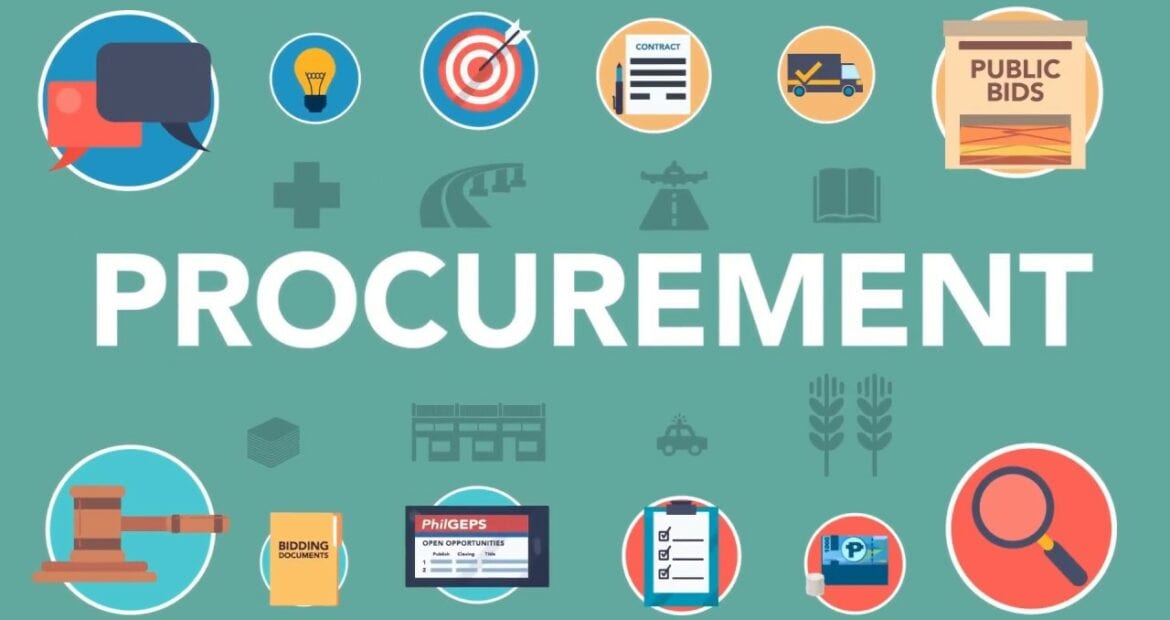
How To Thrive While Transitioning To A Virtual Workforce
Summary: Many people are working from home during the coronavirus pandemic. New remote workers and businesses can help foster success by generating routine, utilizing calendar sharing, having video meetings, setting clear expectations, developing time management skills, and continuing to learn.
As of 2017, 43% of employees worked remotely with some frequency. In 2020, with the COVID-19 pandemic shuttering many brick-and-mortar office places, agile companies are quickly pivoting employees to remote work. Telecommuting is a great benefit in the age of social distances, but it comes with its own challenges. Especially companies and their employees who are new to telework will likely experience growing pains, but there are steps you can take to ease the transition and ensure your virtual workforce is able to thrive.
New Normal, New Habits
Working from home is a major transition for employees who have spent their entire working lives in an office space. While offices offer a sort of comforting familiarity, a steady set of expectations, and a familiar environment while home may be full of energetic children, stir-crazy pets, and plenty of chores and hobbies alike to do.
The best thing for companies who are new to this form of work is to understand that is a transition and that it can take an adjustment period for workers to find their focus, their flow, and their new normal. During this period, be lenient, expect some technical complications, and have patience while new systems for collaborating and working are developed and tested among workers who are unfamiliar.
You can ease the transition by creating a form of routine, just as employees had at the office. This could be a recurring meeting, a consistent sign-on, sign-off, or lunch time, or anything else that offers stability in this time of stark change.
Similarly, equip teams with a calendar sharing application such as Google Calendar. When teams can collaborate and understand where time is used and how their efforts fit into a bigger picture that they all are working toward, the stress and isolation of working from home can transform into great freedom for productivity and collaboration.
Set Expectations
When life is in a deep state of flux, employees can feel overwhelmed with a bombardment of decisions and uncertainty. Guide employees through work changes by offering clear expectations. This may mean specific output quotas, work hours, required meetings, or anything else that is a high priority for your business.
Don’t set expectations too high or add requirements for their own sake. While structure is important, offering employees some freedom to feel into their new roles and schedules can help ease stress too, boost loyalty, and benefit your company’s culture on a broader scale.
Communicate Differently
When workers can’t meet face to face, utilize technology to boost presence, connection, and accountability. Instant messenger and chat applications, such as Slack, help employees have real time conversations throughout the day. You can even set up a “watercooler” chat segment where employees can talk about anything to keep connection and camaraderie high.
For meetings, use a video software such as Zoom in order to help replicate the rapport that comes with in-office meetings. Even a once-a-month meeting on a video can go a long way for morale and accountability.
It’s important to find new, effective methods of communication with clients and buyers as well. For example, we at Premikati use remote demos to help engage potential clients. Because we are doing this from afar, we pay special attention to asking meaningful questions and really engage with our clients on a deeper level.
Use Your Time Wisely
Many new remote works feel like they simultaneously have more and less time than they once did. There’s no more commute time, tedious morning primping, prepping meals ahead, or other tasks that come with office work, but they may feel like work starts expanding into their personal life or struggle with focus during the day due to distractions.
Time management is a make-or-break factor for virtual workforces. Set expectations surrounding schedules to help prevent worker burnout and the “always-on” mentality. Have focus sprints. Have patience with coworkers who may not always be available.
Similarly, many job functions can’t be fully performed from home. If you or any of your employees are “benched” during the pandemic, look for other ways to contribute. Could they update documentation? Spend time brainstorming resolutions to industry problems? Furthermore, could they continue their education in order to make deeper contributions after the crisis? Do what you can do, and encourage your employees to do the same, but be mindful as well to not get caught up in busywork.
Never Stop Learning
Continued education is always important to pursue, but now is a prime opportunity for many employees to pursue an expansion of their skills. Many courses are free during the coronavirus crisis, so time availability, a desire to learn, and an idea about what’s important to know are all you need to bolster yourself and your employees for the future.
As the new normal for work continues to change, keep learning what systems work for you and your employees, and don’t be afraid to try new things to make life, and work, a little bit easier and more connective.
What has your business done to adjust and thrive during the transition to virtual work? Reach out to us and let us know!








